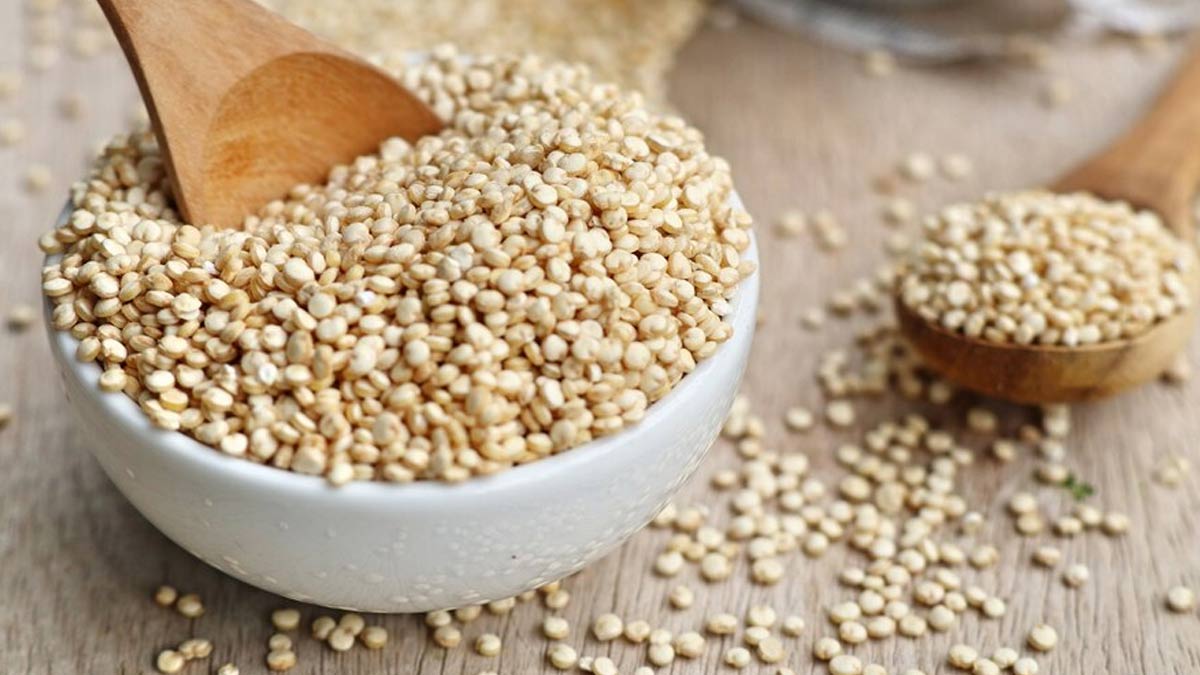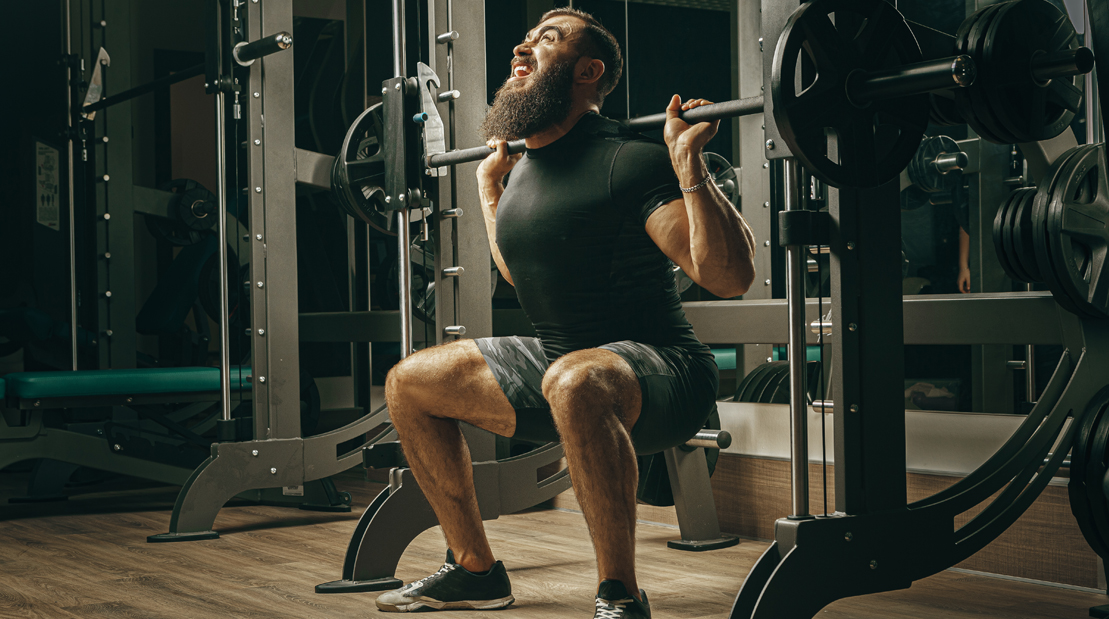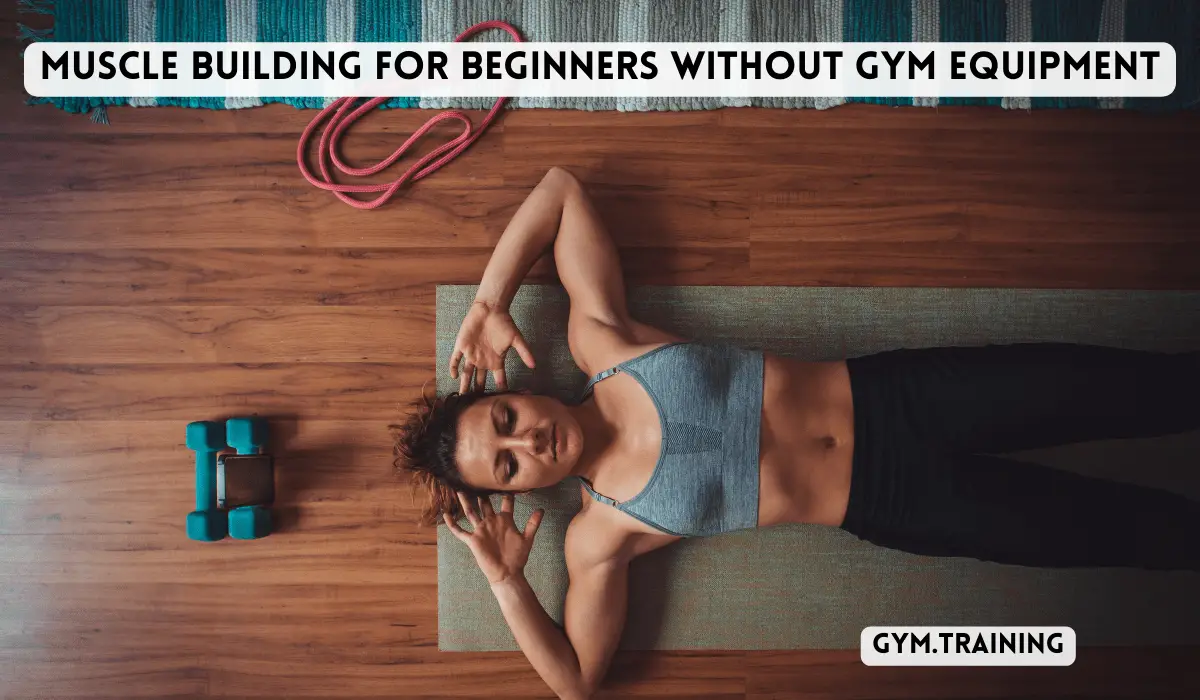A straightforward way to give your workouts a new spin is to include some combination moves where you combine two or more exercises into each rep. Combination exercises help you build muscle, shed fat, and improve conditioning. These exercises are great when you’re short on time, in a fat-loss phase, or looking to add variety to your workouts.
Combo exercises don’t require the skill of complexes, which is excellent for the older and less experienced lifter and perfect if you like a challenge. Here we’ll dive into the advantages and disadvantages of combo exercises and three combo moves that will have you sweating and smiling in no time.
WHAT ARE COMBINATION EXERCISES?
Combination exercises take two different exercises and pair them together. You do one rep of the first exercise and one rep of the second and continue alternating between the two movements until your set is finished. Here is a popular example.
ADVANTAGES & DISADVANTAGES OF COMBINATION EXERCISES
Combination exercises are excellent when used in the right way and used correctly for your goals. But they are only for some and not a good fit for certain goals. Here are the advantages and disadvantages of performing combination exercises.
- Advantages
-
- Works more muscle in less time, which is great if you’re short on training time.
- Increases your overall conditioning, especially when transitioning from a lower- to upper-body exercise.
- Gives you exercise variety and a challenge you are sure to enjoy.
- Disadvantages
-
- Not ideal if your goal is maximal strength because you are using submaximal weight for one of your lifts.
- Combining two exercises increases the risk of injury, especially when tired.
- It requires learning two movements, and time is needed to learn how to combine them.
COMBINATION EXERCISES CONSIDERATIONS
You can’t combine any two exercises and call it a combination exercise—there has to be some rhyme and reason in order for it to work. Here are a few considerations regarding performing and choosing your combination exercise.
- Choose Exercises with a Fluid Transition and Similar Loading Needs: When combining two exercises, they should have a fluid transition from one to the next. For example, a dumbbell; squat to press. Avoid exercise combinations that have different resistance needs—for example, combining a deadlift with a reverse curl.
- Select the Correct Resistance: When selecting a resistance for a combination exercise, use the weight of the “weakest” of the two. For example, if you can overhead press 200 pounds and front squat 300 pounds, use 200 pounds for the squat-to-press exercise.
- Rep Range: Combination exercises, due to their extended time under tension and their fatiguing nature, keep rep ranges on the lower end, around 6-12 reps, for quality.
- Programming Suggestions: It is best to program these at the beginning of your training for better technique and quality when you’re fresh. Before you get into your work sets, perform a light warm-up set to groove the movement and determine your working weight.
3 COMBO EXERCISES FOR BETTER STRENGTH AND CONDITIONING
Now that you are more informed about combo exercises and how and why to program them, here are three excellent combo exercises to take out for a spin.








































